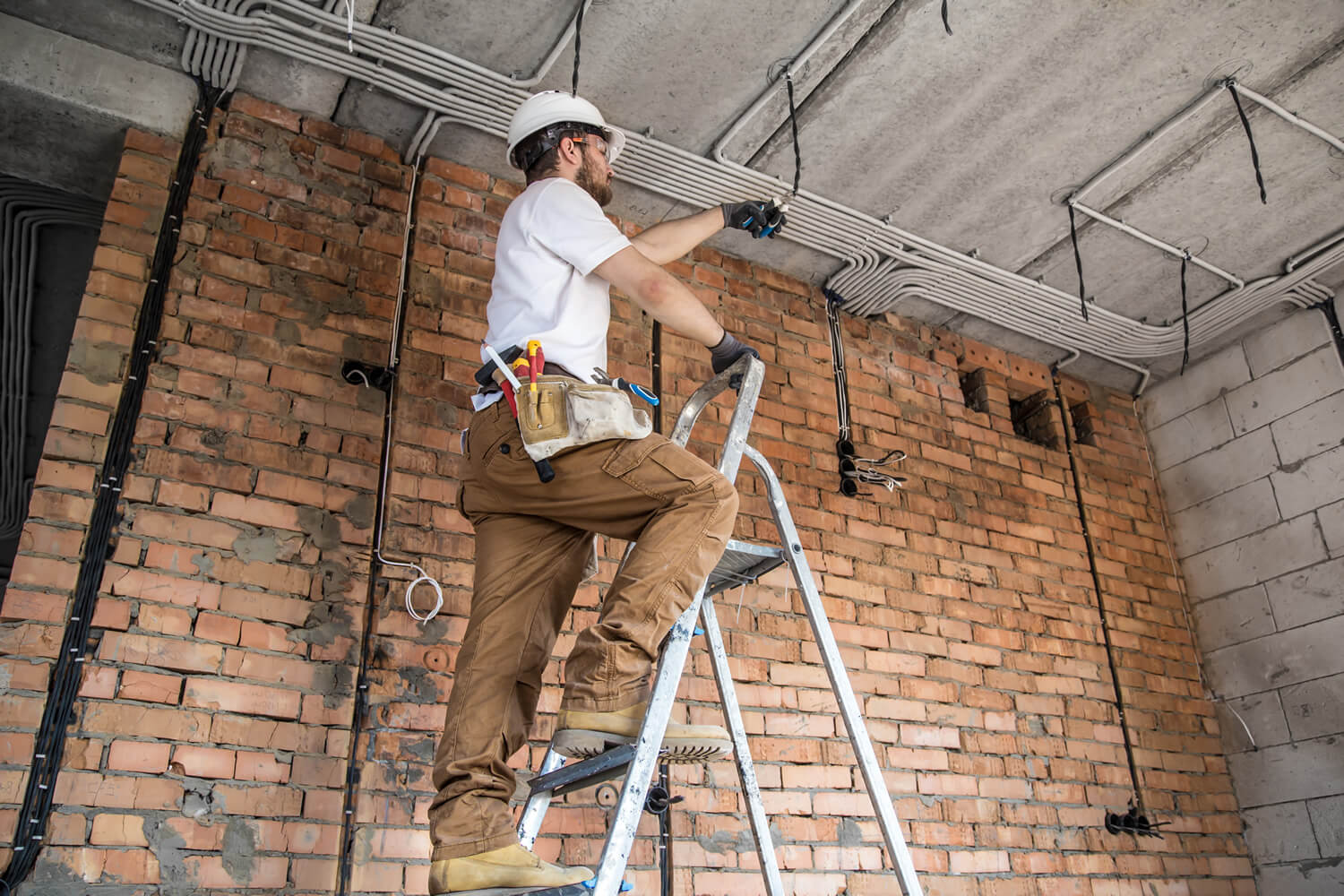Multifamily Housing Maintenance Checklist

Introduction
Maintaining a multifamily housing property requires a systematic approach to ensure tenant satisfaction, preserve property value, and save on long-term costs. A well-structured maintenance schedule not only addresses immediate needs but also prevents major issues from arising.
Daily Maintenance Tasks
Daily maintenance tasks are crucial for keeping the property in top shape and addressing any immediate concerns. Routine inspections of common areas, such as lobbies, hallways, and recreational spaces, help identify issues early. Cleaning these common areas daily ensures a pleasant environment for tenants. Additionally, addressing repair needs, such as fixing leaky faucets or replacing light bulbs, should be done promptly to maintain tenant satisfaction.
Weekly Maintenance Tasks
Weekly tasks focus on the upkeep of the property’s exterior and other ongoing needs. Lawn and landscape care, including mowing, trimming, and watering, should be conducted regularly to maintain curb appeal. Managing trash and recycling ensures that these areas remain clean and sanitary. Checking lighting and security systems weekly helps to ensure tenant safety and prevent potential issues.
Monthly Maintenance Tasks
Monthly maintenance tasks include more in-depth checks of essential systems. Inspecting HVAC systems ensures they are functioning efficiently, which can help avoid costly repairs and maintain comfortable living conditions for tenants. Plumbing inspections help detect leaks or other issues that could lead to significant water damage. Implementing pest control measures monthly can prevent infestations and maintain a healthy living environment.
Quarterly Maintenance Tasks
Every three months, property managers should conduct deep cleaning of communal areas such as laundry rooms, gyms, and lounges. Inspecting fire safety equipment, including smoke detectors, fire extinguishers, and sprinkler systems, ensures they are in working order and comply with safety regulations. Reviewing security protocols quarterly helps to keep the property secure and address any new security concerns.
Biannual Maintenance Tasks
Twice a year, property managers should inspect the roof and gutters to ensure they are in good condition and free of debris. Checking window and door seals helps to maintain energy efficiency and prevent drafts. Inspecting exterior paint and siding ensures the property remains visually appealing and protected from the elements.
Annual Maintenance Tasks
An annual comprehensive property inspection is essential to identify any major issues that need attention. Reviewing maintenance logs and plans helps in assessing the effectiveness of the current maintenance schedule and making necessary adjustments. Budgeting for upcoming maintenance needs ensures that funds are allocated appropriately and major repairs or replacements can be planned in advance.
Emergency Preparedness
Creating an emergency response plan is crucial for dealing with unforeseen events such as natural disasters, fires, or significant maintenance failures. Regularly training staff on emergency procedures ensures they are prepared to respond effectively. Informing tenants about emergency protocols and preparedness helps them feel secure and know how to act in case of an emergency.
Conclusion
A structured maintenance schedule is vital for the successful management of multifamily housing properties. Regular maintenance tasks, from daily inspections to annual reviews, help keep the property in excellent condition, ensure tenant satisfaction, and save on long-term costs. Customizing this checklist based on specific property needs can further enhance its effectiveness, ensuring a well-maintained and thriving property.

